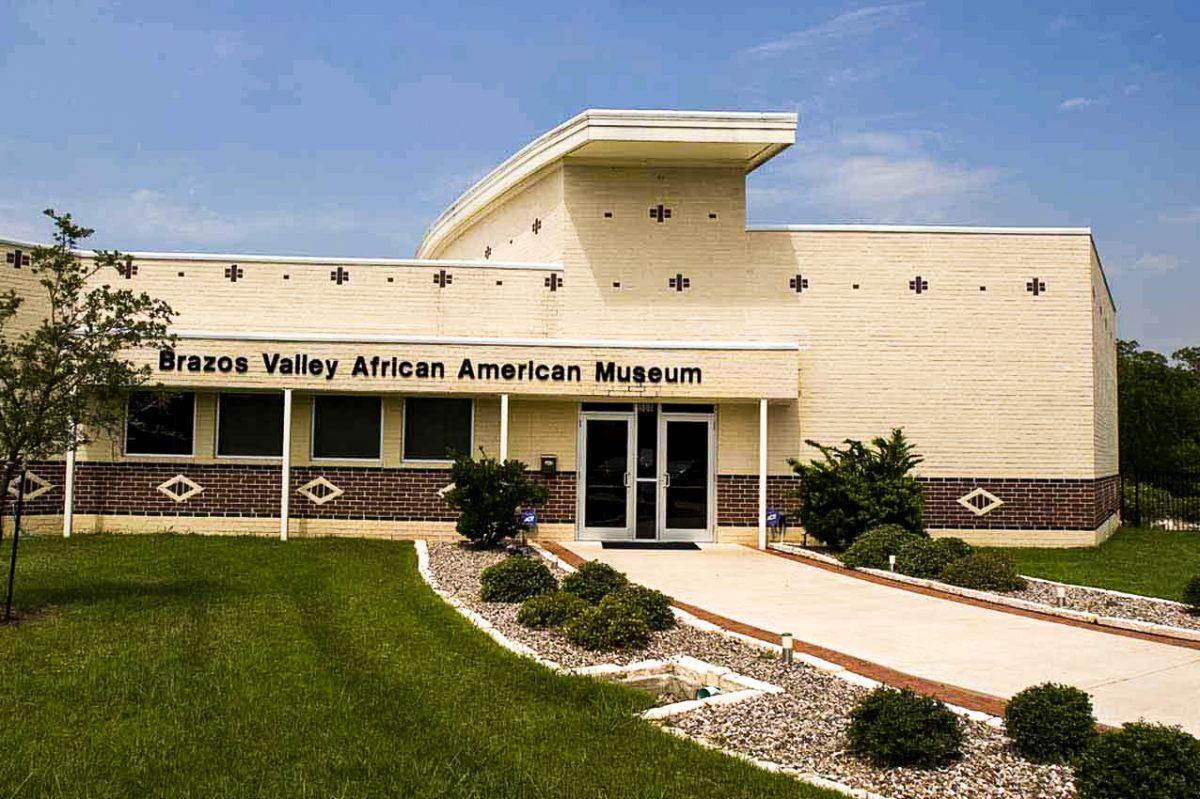Founded in 2006, the local Brazos Valley African American museum highlights the history of African Americans in Bryan, Texas and the United States.
The goal of the museum is to bring awareness to and cultivate interest in the culture and progression of African American rights in the U.S. The museum contains photos, article clippings and memorabilia from African American history. Oliver Sadberry, the curator of the museum and Class of 1971, said what makes the Brazos Valley museum unique is it contains both local and global information.
Sadberry has lived in Bryan his whole life. He said African American history is ever-changing and the African American population is ever-growing. According to Sadberry, African American history in the Bryan-College Station area is not well known.
“In the paper the other day, I saw another ‘first African American to be doing something.’ I guess we’ll be doing that for a long time, so museums like these are a good thing,” Sadberry said. “It is nice to see black organizations on campus. Although there are fewer organizations like these compared to the whole, there are a lot more than there were when I was a student at A&M.”
The museum’s purpose is to make members of the Bryan-College Station community think differently about the place we live and honor the African Americans who are so often forgotten. This is why, Sadberry said, A&M still has a long way to go in informing locals and students about the African American history in Bryan-College Station.
“A&M is growing, and we need to take time to catch up on our history,” Sadberry said. “A lot of information is available now. So hopefully we have to be optimistic. That must be the one thing that keeps America going — optimism.”
Maria Irene Moyna, a professor in the Department of Hispanic Studies, was in attendance of their tenth anniversary of the Brazos Valley African American Museum. Moyna said she believes A&M should remember and commemorate this history more overtly.
“All of the information at the museum is very shocking — the segregated high schools, the life of African Americans back then and more,” Moyna said. “Bryan has a big African American community and has for a long time. The museum helps in their visibility.”
Eddie Zamora is a Bryan native and frequent visitor to the Brazos Valley African American Museum. Born in 1946 to Mexican parents, Zamora said the pictures of Bryan’s past remind him of his childhood and a harsher time of segregation.
“They had signs that said ‘black only’ in downtown Bryan and water fountains that said ‘whites-only,’” Zamora said. “I went to an elementary school called Ben Milam of just whites and Hispanics. I remember drinking water and a teacher coming up to me and saying ‘If you want to speak Spanish, you need to go to Bowie school, where the Mexicans go.’ You don’t hear that anymore.”
This is why students and locals now should stay informed of the past of the city they live in, Zamora said.
“People could get away with murder, and it was just a slap of the hand,” Zamora said. “There is a lot that people now don’t know — things that were hidden behind the curtain. I would recommend a lot of people to see and look at what it was like in those days that many don’t know about.”
Monya said visiting this museum was the first time she realized people still alive would have gone through the educational system in Bryan-College Station in segregated institutions.
“The high school my daughter went to in Bryan was segregated at one point,” Moyna said. “This became real and tangible for her when she was talking to the grandparent of one of her friends who told her that when he went to that school, it was segregated.”
Moyna said Bryan is not the only place with a complicated history, and A&M also has skeletons in its closet.
“I mean, the statue of Sul Ross, a Confederate general, sits outside of my office in the Academic Building,” Moyna said. “The problem with not talking about the past is that it is the one thing that will make the past never go away.”
The knowledge of such history is just as important as getting a college education and becoming a more aware and inclusive generation than that of our ancestors, according to Sadberry.
“These subjects are so important to our society,” Sadberry said. “That is what college museums are good for — opening our minds.”
Museum sheds light on progress of African American rights in Bryan-College Station
February 6, 2020
Photo by via Facebook
The Brazos Valley African American Museum is on East Pruitt Street in Bryan and offers free admission during the month of February.
Donate to The Battalion
Your donation will support the student journalists of Texas A&M University - College Station. Your contribution will allow us to purchase equipment and cover our annual website hosting costs.




















